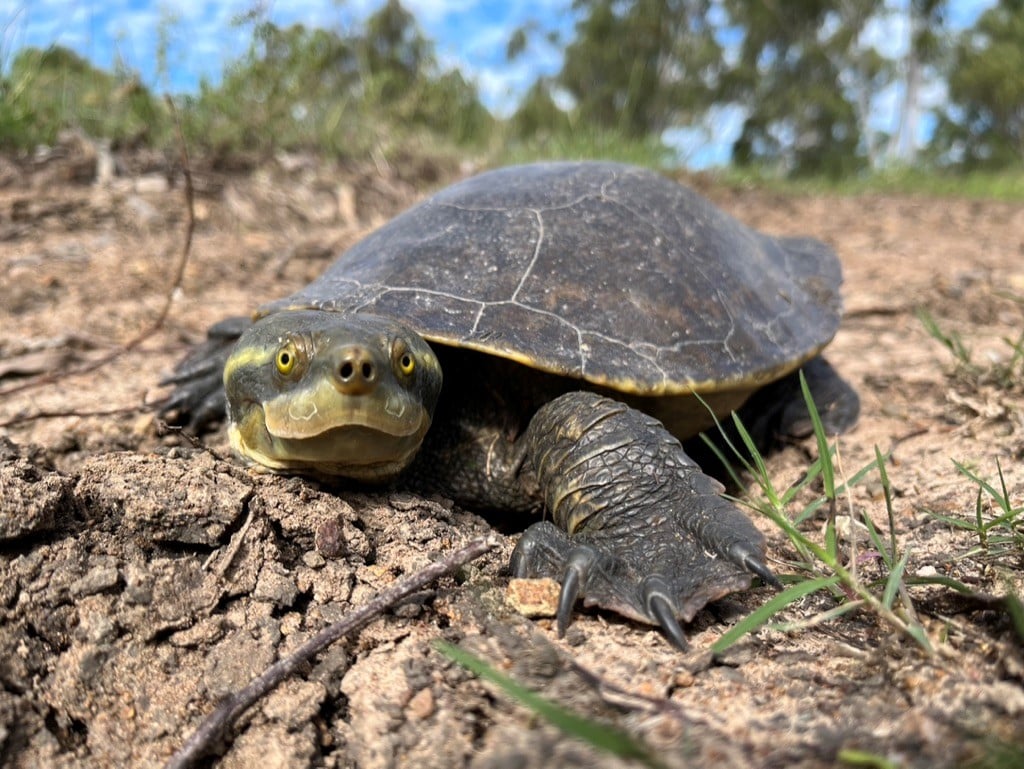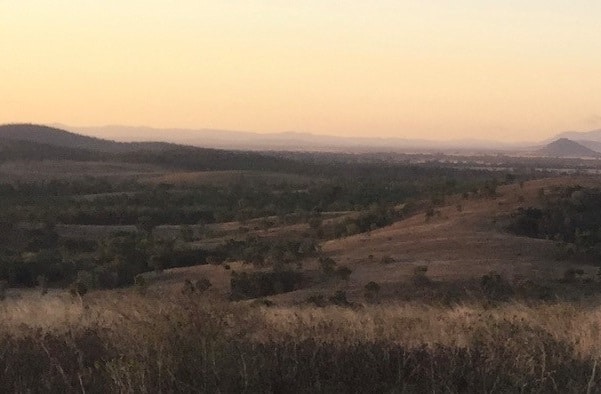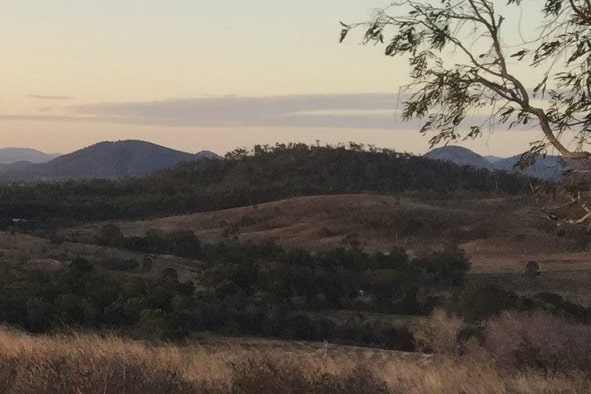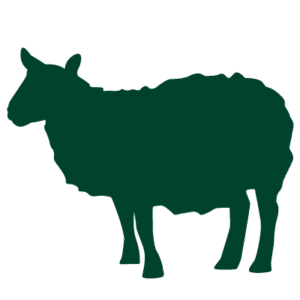Veronika Zeil, John Rolfe, Isabel Zeil-Rolfe and Marius Zeil-Rolfe are the owners of Spring Hills and Black Kite Downs, a property situated in Rockyview, approximately 20km north of Rockhampton. The property is a sustainable farm and the owners practice regenerative techniques to improve vegetation cover, repair the water cycle and restore soil health. In turn these techniques increase the property’s overall biodiversity and create a refuge for wildlife in an area surrounded by overgrazed farms and urban and industrial development.
Veronika and John plan to continue improving their farming practices and are ultimately planning to pass the land to their children. They are involved with Birdlife Capricornia as well as a range of botanists, zoologists, regenerative farmers and agronomists to guide best practices and build comprehensive management strategies for the land.
The property spans 1,012 hectares of grazing land comprised of cleared open hills on decomposed granite with some red soils and basalt. The land also features mountains with rock outcroppings, valleys, gullies and a creek. Vegetation is mainly comprised of open eucalypt forest characterised by eucalypt, melaleuca and casuarina, with figs along the creeks and gullies and mixed grasslands on open areas. There are some areas of denser scrubby communities featuring macrozamia species and Marlborough blue (Cycas ophiolitica) cycads.
Wildlife is abundant and includes eastern grey kangaroos (Macropus giganteus) and swamp (Wallabia bicolor), pretty-faced (Macropus parryi), black-striped (Macropus dorsalis) and agile (Notamacropus agilis) wallabies. Also present are bandicoots, ringtail possums (Pseudocheirus peregrinus) and sugar gliders (Petaurus breviceps).
A wide range of birdlife is also present, including emus (Dromaius novaehollandiae), bustards (Ardeotis australis), grass-dwelling birds, squatter pigeons (Geophaps scripta), birds of prey, owls, parrots and waterbirds. Since the owners purchased the land and implemented regenerative farming techniques, the diversity and abundance of native species has increased.








